How stars are born – scientific journey

Welcome to a celestial adventure beyond the clouds, where we unravel the mysteries of stars and their remarkable journey from birth to beyond.
Here is somewhere beyond the clouds!
Hi guys!
Is it day or night when you hear my voice? Because I want to talk about the stars. If you are listening to me now, it is night, you can probably watch some stars in the sky. Can’t you?
Children! Have you ever wondered how all these stars in the sky are born? Are they also born from their mother’s womb? Or is it possible that one day a star will disappear and we will not see it again?
see previous episode: The nebulae – scientific journey Episode 2
You guys must have seen those very big balloons! Stars are like balloons. But they are very hot and made of hydrogen and helium gas. They are born in nebulae.
Do you remember the nebulas? In the second part, we talked about them.
Nebulae are the birthplace of stars. Stars are like us humans, some of them are young and some of them are old.
But what do you think happens when a star dies? First they start to burn. Some stars become bright and red when they burn. Astronomers also call this star the red giant. It is funny! No?
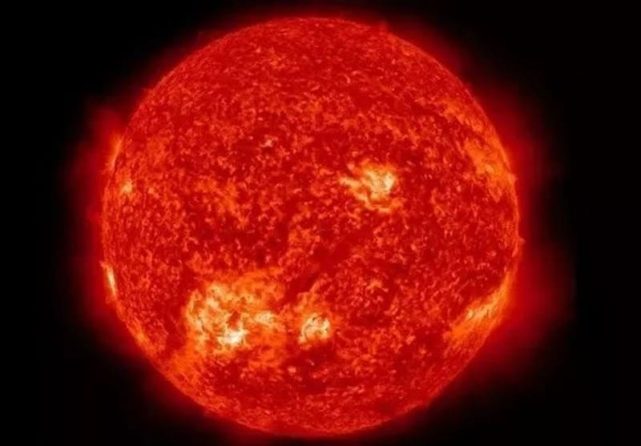
Then this red giant starts to cool down and its upper layer, which is wrapped around itself like a garment, is dispersed in space. These particles gradually form a planetary nebula. Now, from that star that looks like a big balloon, only one nucleus remains, which is called a white dwarf.
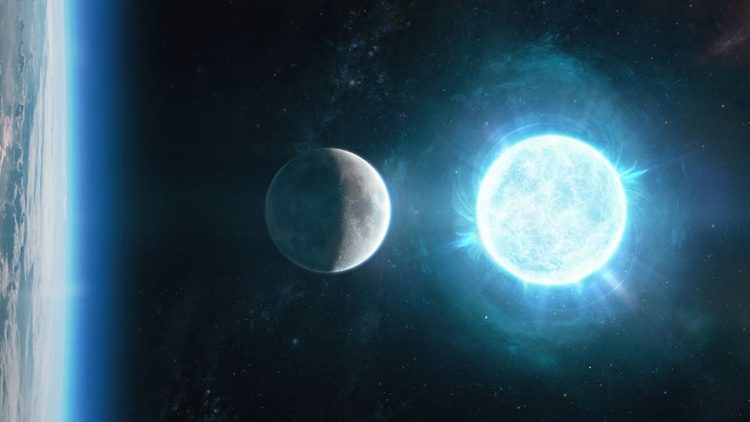
Of course, I said before that this happens only to some stars. Some other stars, when they become red giants, return to their original state and become a small star.
This happens until…
boooooom…
One of the biggest explosions of galaxies happens, which is called a supernova!
This explosion causes all the upper layer of the star, which is wrapped around itself like a garment, to be thrown around and turn into a nebula.
Well, so far we have understood that when a star dies, a nebula is formed and stars are born in nebulae.
I think it’s time to go and read the previous episode about nebulae.
See More: The nebulae – scientific journey Episode 2
I told you about the destruction of a star and the birth of a nebula. But I have not yet said how stars are born.
You must know what a molecule is. When an explosion occurs in an explosive nebula, the molecules in that part of the nebula collide.
Let me give you an example. Have you ever seen when your foot or hand hits a wall or a door, it hurts and becomes numb?
When the molecules of the nebula collide, that part of the nebula enlarges and swells. Therefore, that part of the nebula becomes heavier. This heavier part begins to eat the gases that are in the nebula. Now this mass becomes a protostar. This protostar becomes so big that nuclear fusion reaction takes place in it.
Now we have young star, we have a newborn who wants to show himself to everyone and say:
Aha! People! I’m here! I am a new star!
But the star cannot be seen until it has light! So, our star starts to throw waves of plasma that push away the gases surrounding the star and emit them, and this also causes the first rays of light to wait from the star.
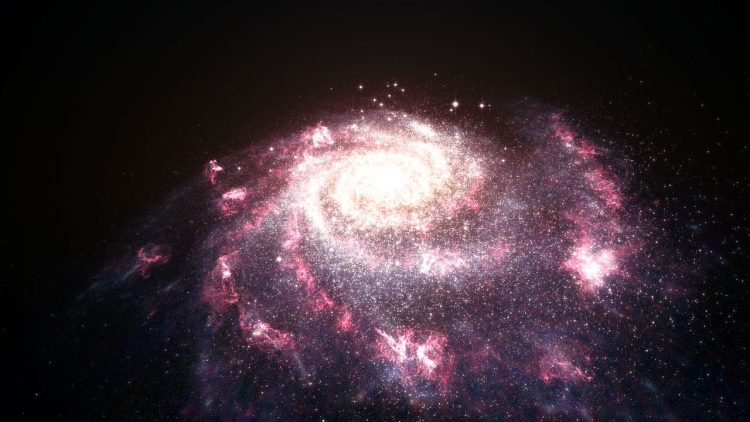
The life of the stars also depends on how much their mass is. They usually last from several hundred million to tens of billions of years. It is too much. is not?
Look at the sky tonight and count how many stars are there? How old do you think that star is?
see next episode: Moon – scientific journey Episode 4

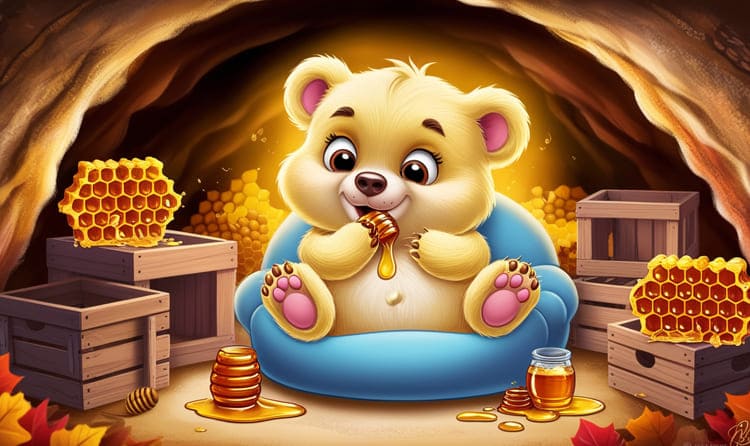
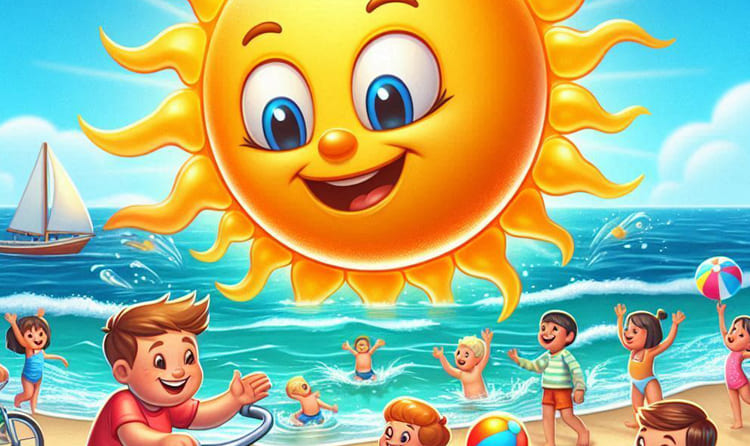
Comment now: click here